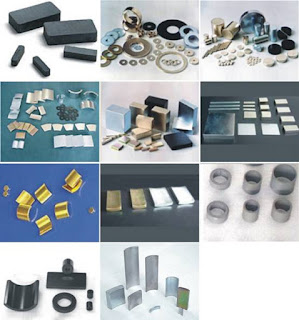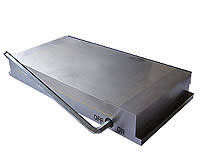A large portion of us recalls from our overall science class that magnets draw in ferrous materials. Magnets have a north and South Pole across which streams attractive energy called motion.
In the exemplary examination utilizing iron filings and Magnetic Filter Rods, one can really see, by the game plan of the filings, that the attractive transition streams are generally equal curves between the two shafts. Essentially magnets work by actuating extremity (charging) into any ferrous material that interfaces across its shafts. At the point when a work piece is set across the shafts of a magnet, the transition streams into it.
At the point when set in the magnet motion, ferrous parts have posts that are inverse to the extremity of the magnet. This is the reason they draw in. Enhancing and controlling this transition is the way to applying magnets in a metalworking activity.
The fascination or "pull" of the magnet gets more grounded as the hole between the work piece and the magnet closes. Smooth-surfaced work pieces are more firmly held than harsh surfaced. The strength of the attractive fascination is an element of how much attractive motion can be prompted into the work piece.
A few materials are preferred conductors of attraction over others. Tempered materials are ideal. Solidified materials don't ingest transition as effectively and will in general hold some attraction when the attractive work holder is turned off.
Cycle Benefits
Reliable bracing pressing factor is one benefit of magnets. Magnets from Magnet Manufacturer are either on or off. In contrast to mechanical braces and tight clamps, there is no variety in how close or free the work piece is held. It's constantly held something similar.
Full help of the work piece surface is another in addition to holding with magnets. At the point when toe clips are utilized around the outskirts of a work piece, there is basically no powerful strategy to get the middle space of the work. Unsupported spaces of the work piece can be initiated to prattle making the feeds and velocities of the cut be diminished, expanding process duration.


